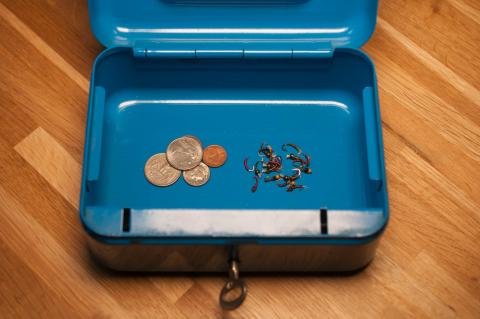What a great article but I wish some of them were available in USA. I tried some of the anvils and loons but the tips are surprisingly thick for delicate work. Any suggestions on a thin tipped (and pointy) pair that might be available in the states? I'm back to using a pair of MFC razors I picked up at a show until I can find something for my small ties.
- Log in to post comments

